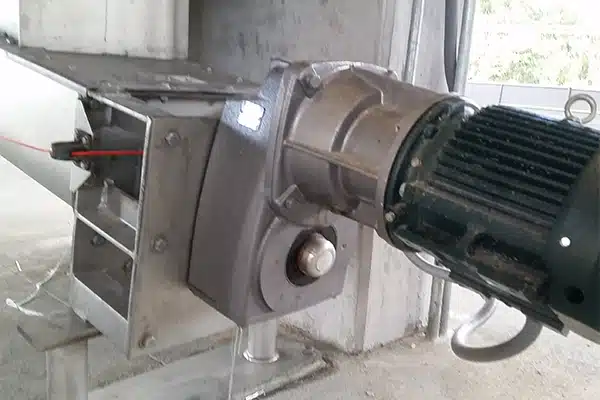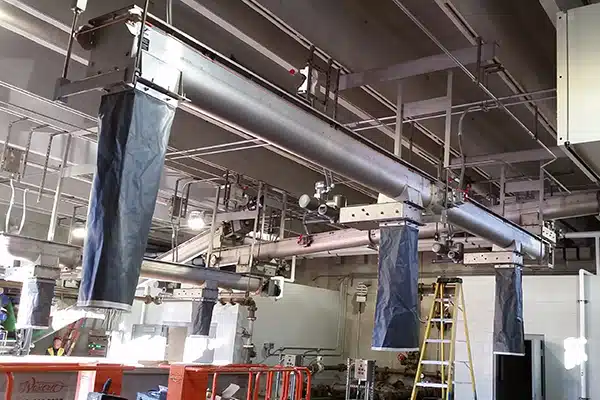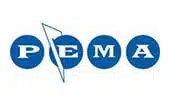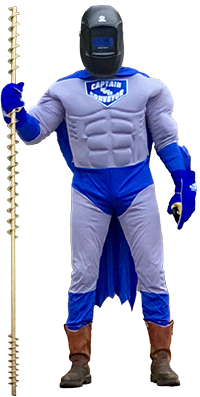Common Questions and Answers About Screw Conveyor Installation
We recently purchased a horizontal screw conveyor for our production facility. While KWS provides helpful installation guidance on your website, we have a few additional questions:
Question 1
We are using a gear reducer and motor with an output speed of 45 RPM. Should we install vibration dampeners, or can the conveyor be anchored directly to the foundation?
Answer
A screw conveyor with a gear reducer and motor can be anchored directly to the foundation, provided that the foundation is level and the conveyor is correctly aligned during installation. Vibration dampeners are not necessary under these conditions.

Screw Conveyor with Gear Reducer and Motor Can Be Anchored Directly to Foundation
Question 2
Will the conveyor generate heat during operation, and is thermal expansion a concern? The material being conveyed is at room temperature, and we noticed the mounting feet have slotted anchor holes.
Answer
Under normal operating conditions, a screw conveyor will not generate significant heat, especially when conveying material at ambient temperature. Therefore, thermal expansion is not a concern in this application. The slotted anchor holes are a standard feature and allow for alignment flexibility during installation.

Slotted Anchor Holes are a Standard Feature
Question 3
How can we determine if the screw conveyor can operate in reverse? The inlet is located on the drive end, and there are two discharge outlets downstream. We are considering reversibility in case of a material jam.
Answer
To assess reversibility, it’s critical to understand how the screw conveyor is fed. Screw conveyors are typically control fed by another device—such as a screw feeder, another conveyor, or a rotary valve. If your system includes such a feeding mechanism, you can reverse the screw conveyor as long as the material flow from the upstream equipment is completely stopped prior to reversing.
However, if you’re using the unit as a screw feeder (i.e., flood-loaded from a hopper, bin, or silo), making it reversible is more complex. Reversible screw feeders must include a control valve at the inlet to shut off material flow entirely. Before reversing, the feeder must clear out completely after the valve is closed. Additionally, the screw feeder must come to a complete stop before initiating reverse rotation. Skipping these steps can result in plugging, stalling, and possible equipment damage.

Screw Conveyors Can Be Reversed Only After Material Flow from Upstream Equipment is Completely Stopped

Screw Feeders Must Include a Control Valve at the Inlet to Shut Off Material Flow Before Reversing






